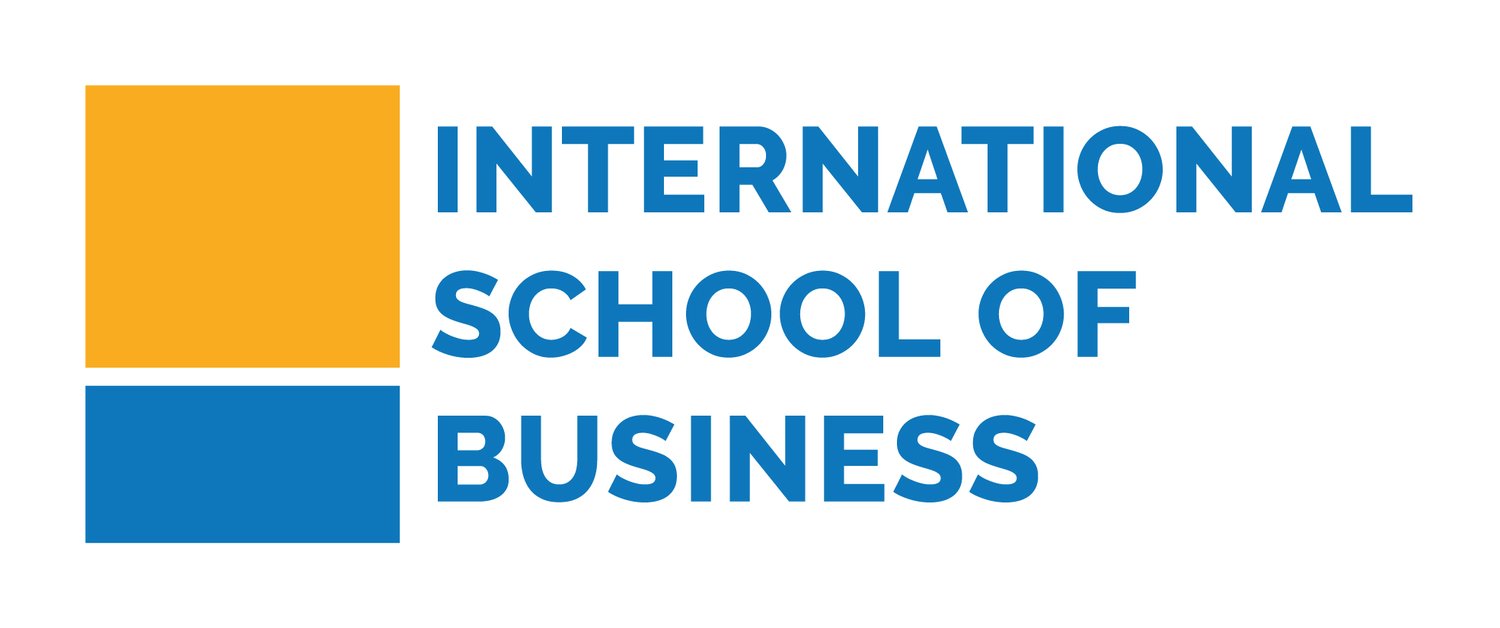Climate Commitment
Introduction
The International School of Business has recently become a Signatory to the CANIE Accord, a public commitment to climate action that was developed in consultation with leaders from international education peak bodies, associations, higher education institutions, university networks, media, national governments, corporations, supranational bodies, scholarship bodies, and more. The CANIE Accord, and accompanying Glasgow Paper, represent the international education sector’s climate ambitions and commitment to align with scientific recommendations and global climate agreements. By becoming a Signatory to the CANIE Accord, ISB is strengthening and accelerating the international education sector’s collective response to the climate crisis.
Below is a list of the actions which ISB Dublin has committed to fulfilling. Each year, the management team at ISB meets to discuss our commitments and to explore ways in which we can strengthen or add to them.
Leadership and Influencing
Commit to greater levels of collaboration with other stakeholders in international education to forge a coordinated approach to accelerate climate action;
Advocate for accelerated climate action within Signatory’s own organisation and with other stakeholders within their sphere of influence;
Place climate action at the center of organisational international education strategy;
Embed climate action in organizational missions and strategies, policies and frameworks including official strategic documents;
Signatories should minimize negative financial impacts of their climate action plans on their partners;
Publish a climate action plan within 12 months of signing this Accord; and
Promote and commemorate Signatory’s commitment to this Accord.
Emissions Accounting and Reduction
Establish a baseline year to represent peak emissions and serve as a reference point for GHG reduction progress;
Set context-appropriate decarbonization targets and timelines. Targets should represent a progression beyond the Signatory’s baseline year and reflect its highest possible ambition and shortest possible time frame;
Determine context-appropriate methods of measuring GHG emissions;
Account for emissions from international education activities inclusive of operations; international student academic-related travel; global education participant academic-related travel; faculty academic, research, and business travel; researchers’ project-related travel; staff and administrators’ travel, and student personal travel during their academic program.
Establish immediate, mid-term, and long-range limits on verified carbon credit projects. Verified carbon credit project limits should be defined as percentages of baseline year emissions;
Commit to not using carbon credit projects as a substitute for decarbonization measures nor as justification for delaying emissions reductions;
Follow up on carbon credit projects to ensure they deliver;
Regularly revise carbon credit strategy as best practices evolve; and
Signatories that offer conferences and other events should account for GHG emissions from in-person attendees.
Differentiate between, and account for, emissions in scopes 1, 2, and 3 in GHG reporting to align with globally accepted standards and to allow for comparison across industries;
Account for likely differences in personal energy consumption in the host location compared to energy consumption in the home location for business and academic travellers; and
Include climate impact measures in program approvals and assessments.
Travel
Replace physical meetings with online ones when possible and logical;
Adjust, or introduce, climate conscious travel policies to incentivise lower carbon means of travel and reduce emissions-intensive business and academic travel;
When travelling by air is deemed necessary for international education business purposes, fly economy class or the least carbon-intensive mode;
Signatories that deliver conferences and other events should offer virtual participation options.
Add typical personal energy consumption of study destinations and carbon intensity of available transport modes to program approval and review criteria;
Arrange student travel to ensure lowest emissions;
Locate staff offshore and adjust business models to reduce the need for air travel;
Signatories that deliver conferences and other events should coordinate to collaboratively offer combined events (e.g. per country or region) to consolidate attendee travel.
Facilities, Operations, and Procurement
Commit to collaborating with organizational sustainability unit(s);
Resource international education climate action commitments through budget and staffing allocation;
Ensure climate action is a responsibility in at least one person’s position description;
Collaborate globally on data collection and surveys relating to climate action in international education;
Implement flexible and equitable work from home options;
Replace printing and shipping marketing materials with digital marketing technologies; and
Encourage international education stakeholders to become Signatories to the CANIE Accord.
Conduct a risk-mapping exercise to determine the direct social, economic, and environmental impacts of climate change on key international education markets and destinations;
Introduce human resources incentives and rewards to encourage decarbonization including incentivized low-carbon travel to and from work;
Include climate action criteria in the contract and procurement processes to consider suppliers’ climate strategies;
Replace large in-person meetings with virtual alternatives;
Invest in technology to improve the virtual conference and meeting experience; and
When catering, use plant-based, locally sourced ingredients and eliminate single use plastics. Opt for compostable or other biodegradable alternatives.
Climate Education
Insert climate literacy training modules into programming for all globally mobile students;
Support the development and dissemination of climate literacy professional training programs;
Encourage and support personnel to take advantage of climate action events resources provided by CANIE and other organizations; and
Make proprietary resources (e.g. articles, white papers and conference sessions) freely available to all in the sector when they pertain to climate action in international education; and
Include climate action as a theme at conferences and events.
Leverage Signatory’s influence to insert climate literacy modules into all undergraduate orientation packs;
Leverage Signatory’s influence to advocate for, and support, making climate literacy a graduate attribute;
Create structured opportunities for students to share climate action stories with peers;
Include a climate action stream within scholarship programs and prioritise sustainability-related courses within scholarship funds;
Commission and support research, training, and the development of climate action materials for international education practitioners,
Commission and support research and data collection on the intersections of climate change, global education, and social justice;
Ensure that commissioned research and resources on climate action is open access; and
Signatories that are associations or membership organizations should establish or maintain climate action expert communities.
